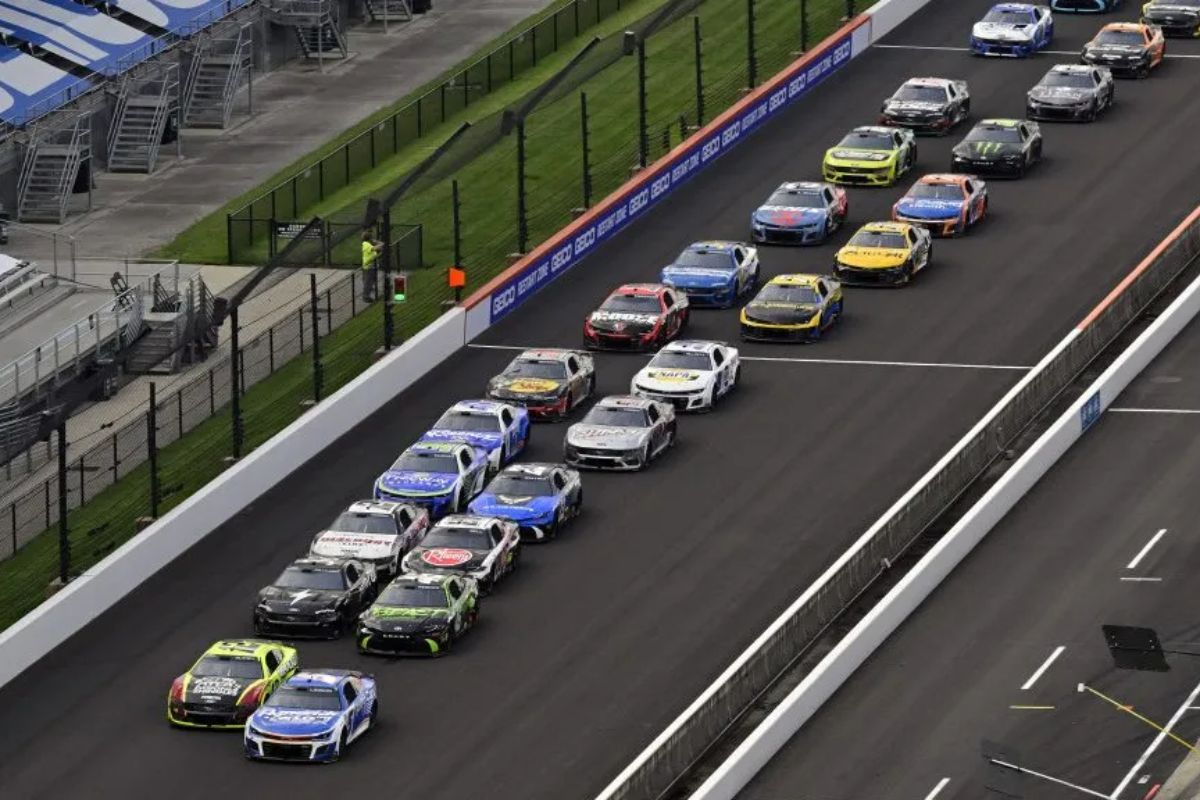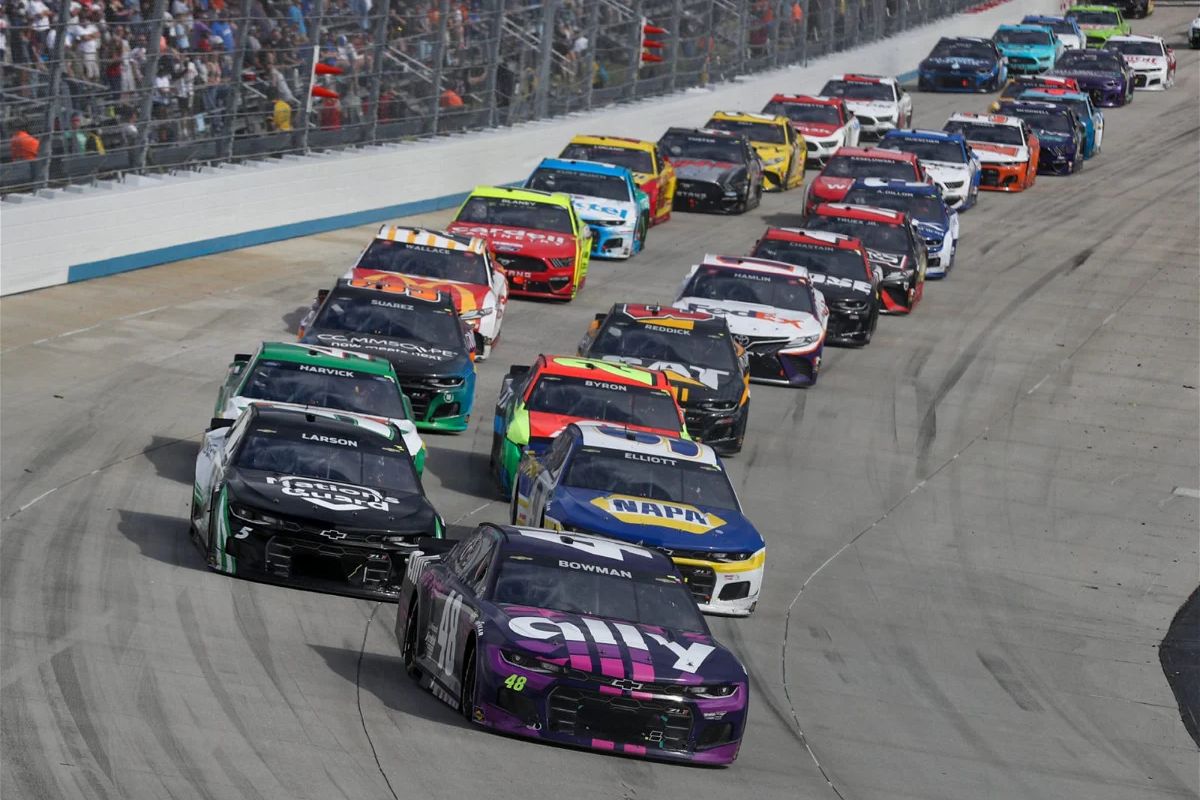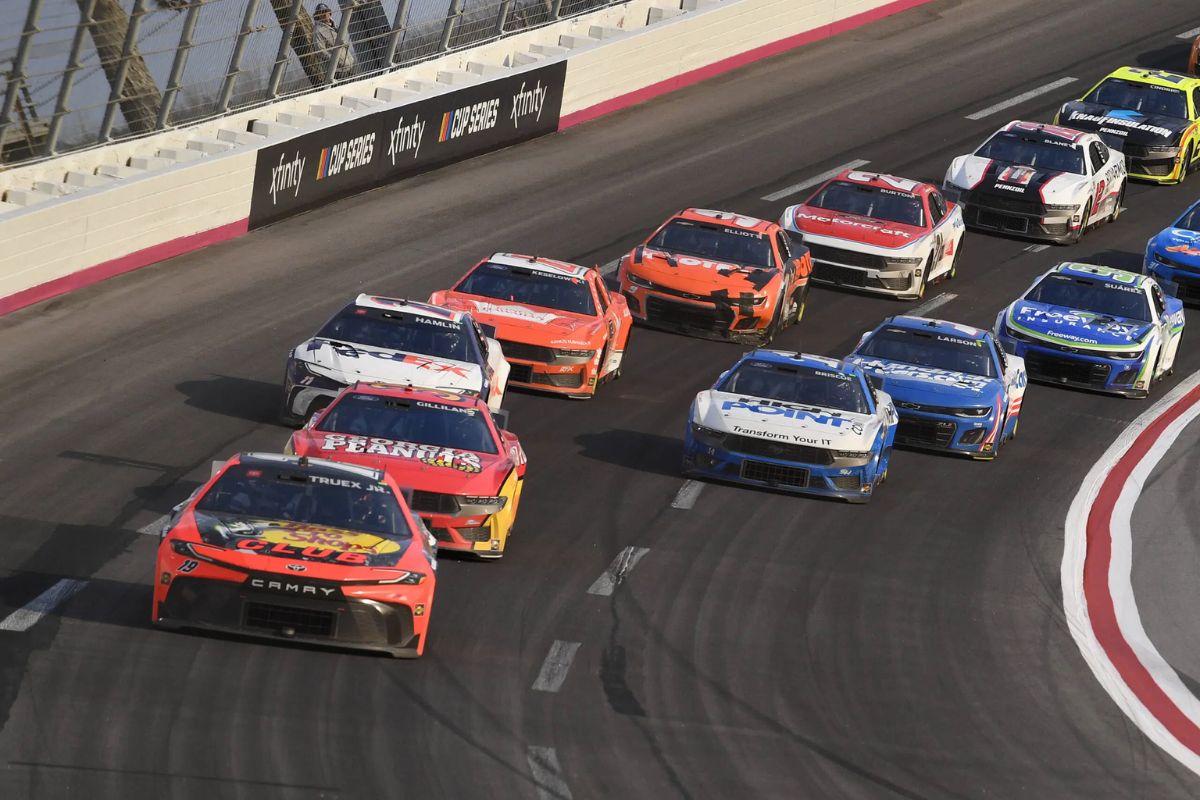NASCAR and Brazil Set Out to Transform Stock Car Racing: Brazil’s ambitious initiative to revamp its Stock Car Racing scene by incorporating SUVs and advanced engineering practices marks a remarkable pivot that could considerably impact NASCAR’s tactical landscape. As major automotive players like Chevrolet back this transformation, opportunities for collaboration between Brazilian racing and NASCAR may emerge, potentially reshaping fan experiences and economic prospects. This evolution denotes a modernization of racing formats and raises questions about how these changes will resonate with existing fan bases and attract new audiences. What implications might this have for the future of motorsports in both regions?
Key Highlights
- Brazil’s Stock Car Pro Series is evolving by introducing SUVs, mirroring trends seen in NASCAR and adapting to consumer preferences.
- Significant investments and collaborations are underway to enhance the competitive landscape and attract a broader fanbase.
- The introduction of advanced safety features and engineering innovations may influence NASCAR’s future vehicle designs and safety standards.
- Potential partnerships between Brazilian racing and NASCAR could increase visibility and engagement in South America, opening new markets.
Introduction and Context
The Brazilian Stock Car Pro Series, a prominent player in the domain of motorsport, is poised for a revolutionary change that mirrors the evolution witnessed in NASCAR over its 75-year history. Historically, stock car racing has resonated primarily within localized markets, characterized by a strong cultural affinity for high-powered vehicles and oval track racing.
However, as motorsport continues to globalize, the Brazilian series stands at the brink of a notable evolution, driven in part by the tactical initiatives of major manufacturers like Chevrolet. This forthcoming transformation is not merely cosmetic; it signifies a fundamental shift in the types of vehicles that will compete, presenting an opportunity for both technical innovation and improved viewer engagement.
By revamping its fleet of race cars, the Brazilian Stock Car Pro Series aims to attract a broader audience while augmenting the competitive landscape. This mirrors NASCAR’s own path, which has continually adapted to changing consumer preferences and technological advancements over decades.
Moreover, the implications of this evolution extend beyond the Brazilian borders, as it opens potential avenues for cross-pollination between Brazilian and American racing cultures. The presence of Chevrolet in both series suggests a collaborative synergy that could foster new standards in vehicle performance and design.
Brazil’s Car Evolution
A substantial alteration is underway in Brazil’s automotive landscape, heralding the introduction of the Chevrolet Tracker SUV as the new contender in the Stock Car Pro Series. This marks a notable departure from the tradition of sedan racing, which has characterized the series for decades. The Tracker is poised to replace the Chevrolet Cruze, a model that has achieved considerable success, accumulating five titles over eight years.
The decision to adopt SUVs aligns with a broader trend in motorsport and consumer preferences. In a calculated move, other manufacturers, including Toyota and Mitsubishi, are expected to follow suit, further diversifying the competition and drawing in new audiences. Enzo Bortoleto, CEO of Audacetech, highlighted the extensive effort involved in this change, stating, “It took years of work and high investment, integrating different areas, nationalities, and cutting-edge companies. From the beginning, with the development of ArcelorMittal’s special steel, to the incorporation of electronics, engine, gearbox, cockpit and safety systems.”
The introduction of the Tracker not only denotes a technological and operational advancement but also reflects a crucial moment for Brazilian motorsport. This evolution promises to broaden the appeal of Stock Car racing, engaging both seasoned fans and new enthusiasts alike.
Technical Details and Comparisons
Shifting from sedans to SUVs introduces a new set of specialized specifications and engineering innovations in the Brazilian Stock Car Series, particularly with the Chevrolet Tracker‘s chassis design and safety features.
The new chassis, designed by Fábio Birolini, measures 1960 mm in width and features a 2750 mm wheelbase. This represents a notable increase from the 2023 Next-Gen Stock Car’s dimensions of 1880 mm and 2740 mm, respectively, allowing for improved stability and handling characteristics.
Significantly, the incorporation of Impaxx side impact absorbers aligns the Brazilian series with NASCAR regarding safety engineering. This technology is designed to mitigate the forces experienced during collisions, thereby safeguarding drivers in high-speed scenarios.
The rigorous testing of the chassis, which underwent torsion and fatigue evaluations through 1,000 cycles at IPT laboratories, highlights a commitment to performance integrity and safety validation. The results of these tests not only affirm the reliability of computer simulations but also guarantee that the production processes adhere to high standards.
As the Brazilian Stock Car Series adopts these advancements, it raises pertinent questions about the implications for NASCAR’s engineering direction. Will similar innovations emerge in American stock car racing?
This evolution in Brazil may serve as a catalyst for further technological improvements within the broader racing community, prompting a reassessment of safety and performance parameters in a competitive landscape. The synergy between these two racing cultures could lead to a groundbreaking period for motorsports, inviting ongoing examination and analysis.
Fan Speculations and Reactions
While fan speculation surrounding the shift to inline-4 turbo SUVs in the Brazilian Stock Car Series has generated considerable debate, reactions indicate a mixed reception regarding the potential for similar changes within NASCAR’s Cup Series. Discussions on platforms like Reddit reveal a divide among fans, with some expressing skepticism about the practicality of SUVs in a series historically dominated by V8 sedans.
“Next Gen Brazilian Stock Cars are moving from V8 sedans to inline-4 turbo SUVs to follow market trends and attract more OEMs. The new 2025 has quite a lot of updates, and so far has attracted Mitsubishi to join current competitors Chevy and Toyota. Do you believe NASCAR could follow a similar path?” – fans’ reaction
Many fans maintain that the Cup Series should remain rooted in its traditional vehicle configurations. One user articulated a prevailing sentiment, suggesting that while the introduction of SUVs could be feasible in an alternative series, it is improbable for the top-tier Cup Series. This sentiment is echoed by another fan who proposed a shift towards turbo hybrids instead, advocating for a more progressive approach to vehicle technology while preserving the essence of stock car racing.
“I mean, it’s possible they could add that as another series or maybe turn Xfinity into that but I don’t see Cup being SUVs.”
“No cup. They should move to turbo hybrids and go that route. But if any series should become SUVs, it’d be the trucks.” – fans reaction
Interestingly, the concept of SUVs has already made inroads into NASCAR, particularly within the Truck Series. This raises questions about the potential for future evolution in vehicle types across the board. The notion of blending traditional racing formats with modern market trends has ignited a dialogue about NASCAR’s adaptability.
The reactions highlight a broader concern: the balance between innovation and tradition. As the landscape of motorsport continues to evolve, fans remain vigilant, keenly aware of how changes might impact the identity and integrity of the series they cherish.
NASCAR’s Moves Towards Change
NASCAR is charting a vital shift as it examines the integration of electric vehicles and cutting-edge designs, reflecting a broader trend towards modernization within the sport.
The introduction of an electric vehicle (EV) prototype at the Chicago Street Race marks a noteworthy departure from the traditional V8 engines that have defined NASCAR for decades. This prototype, designed in collaboration with major manufacturers—Chevrolet, Toyota, and Ford—embodies a fusion of racing heritage and futuristic innovation.
With over 1,300 horsepower generated through a 78.0-kWh liquid-cooled battery, the EV shows considerable power despite its quieter operation. The incorporation of regenerative braking technology indicates a move towards sustainability, aligning NASCAR with global environmental trends.
While the prototype’s design emulates crossover SUVs, which could potentially broaden audience appeal, the sport’s loyal fanbase remains a vital factor in determining the feasibility of such a change.
Veteran drivers, including David Ragan, have lauded NASCAR’s efforts to adapt to technological advancements, suggesting that the sport is not only preserving its core identity but also evolving.
However, the prospect of a complete shift to electric racing remains contentious, as fan preferences mainly lean towards the visceral experience of combustion engines.
News in Brief: NASCAR and Brazil Set Out to Transform Stock Car Racing
The transformation of Brazil’s Stock Car Racing, marked by the introduction of SUVs and advanced engineering, presents substantial opportunities for NASCAR’s expansion into South America.
This shift not only aligns with global trends in motorsports but also fosters potential collaborations that could improve fan engagement and economic development in the region.
As these changes unfold, the landscape of racing in Brazil may serve as a model for innovation, ultimately enriching the broader motorsports community.
ALSO READ: NASCAR Fans Share Their Worst Encounters With Superstar Drivers





